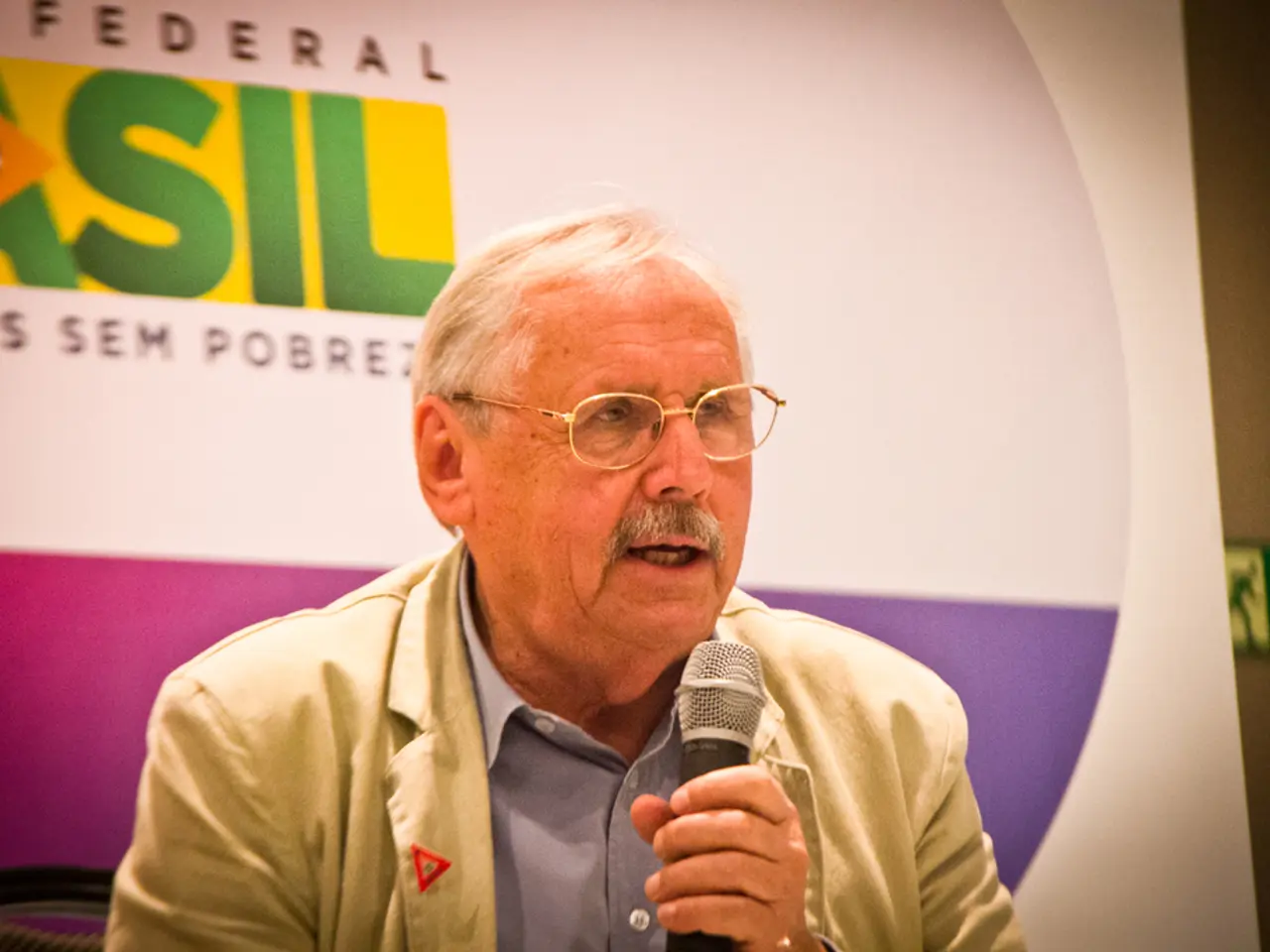Dobrindt extends invitation to the "Migration Summit" aboard a train's peak
The European migration landscape is undergoing significant changes, with key discussions and proposals shaping the future of asylum policies within the European Union (EU).
The recent federal election has not deterred the momentum, as the focus remains on European migration policy. On July 18, 2025, Federal Interior Minister Alexander Dobrindt (CSU) has scheduled a crucial meeting at the Zugspitze to discuss European migration policy. The gathering, which has been previously reported by Politico and "Handelsblatt," is expected to provide a significant impetus towards a more stringent European migration policy.
The Common European Asylum System (CEAS), a set of rules and regulations governing asylum policy in the EU, is at the heart of these discussions. One of the key issues under consideration is the potential removal of the connection factor from the CEAS regulations. This change could lead to a more restrictive asylum policy within the EU, allowing for the deportation of asylum seekers to third countries with no concrete connection.
The CEAS reform, which member states are to implement by mid-2026, also includes a provision that asylum seekers cannot be deported to third countries with which they have no concrete connection. This provision is intended to safeguard the rights of asylum seekers and ensure fair treatment.
The meeting will not only focus on reforming European migration policy but also on the fight against human trafficking and deportations. Interior ministers from France, Poland, Austria, Denmark, the Czech Republic, and EU Commissioner for Home Affairs and Migration, Magnus Brunner, have been invited to contribute to these critical discussions.
In addition to the Zugspitze meeting, there have been other recent developments in European migration policy. In March 2025, the European Commission proposed adjustments to the 2008 Return Directive, aiming to establish a framework for EU states to make bilateral agreements with third countries to deport migrants. Although this specific proposal was previously rejected in 2018, it reflects ongoing efforts to reshape migration policies.
The EU has also been establishing externalization deals with strategic states in the Middle East and North Africa (MENA) to extend border control measures and manage migration flows. These efforts are part of broader strategies to manage asylum seeker rights and migration pressures.
As these discussions and proposals unfold, it is crucial to stay informed about the latest updates on CEAS reforms and changes to the connection factor. Official EU announcements and policy analyses will provide the most accurate and up-to-date information on these significant developments in European migration policy.
The focus on European migration policy is continuing despite the recent federal election, with the scheduled meeting at Zugspitze on July 18, 2025, aiming to discuss potential changes to the connection factor in the Common European Asylum System (CEAS), which could lead to a more restrictive asylum policy within the EU. Furthermore, the CEAS reform includes provisions to prevent the deportation of asylum seekers to third countries with no concrete connection, highlighting the ongoing debates surrounding migration policy, politics, and general news within the EU.








